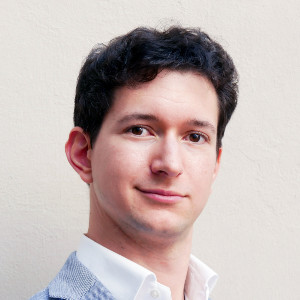Brainstorming creatively in a structured/MECE way when under pressure is one of the hardest things to do.
Let's have a look at a basic example: "how can client X gain market share?". A great start to answering the question would be; "Let's look at ways that X can do this in the long-term vs the short-term", OR "Let's see, in general, to grow a business you can change WHAT you sell (e.g., new product vs. old product) or change WHO you sell to (existing customer segment vs. new customer segment).". This way the interviewer can see that you have a structured mind and that you can also prioritise what really is important. Next, you would create yourself a table with Existing Product & New Product ( on the horizontal axis) VS Existing segment & New segment (on the vertical axis). Then, you start brainstorming ideas into each of the 4 boxes. This way, you will be able to come up with loads of things and the interviewer will be very happy with your structured mindset.
Other examples of dimensions that can be used to encourage structured brainstorming are:
- Existing VS New (applies to customer segments, products, distribution channels)
- Organic VS Inorganic (e.g. when thinking about growth)
- Short-term VS Long-term (e.g. when making a decision that required direct implementation)
- Internal VS External (e.g. when talking about operations)
- Customer-focused vs Non-customer focused
- Revenue-based vs Cost-based
Once you have gone through a few ideas and have structured them into sections/buckets it is good practice to select the best ones according to some parameter. For instance, select ideas which have high impact and high implementability. It is important to note that every case is different and so you must always put a lot effort into customising the answer and prioritising what is most relevant.
















